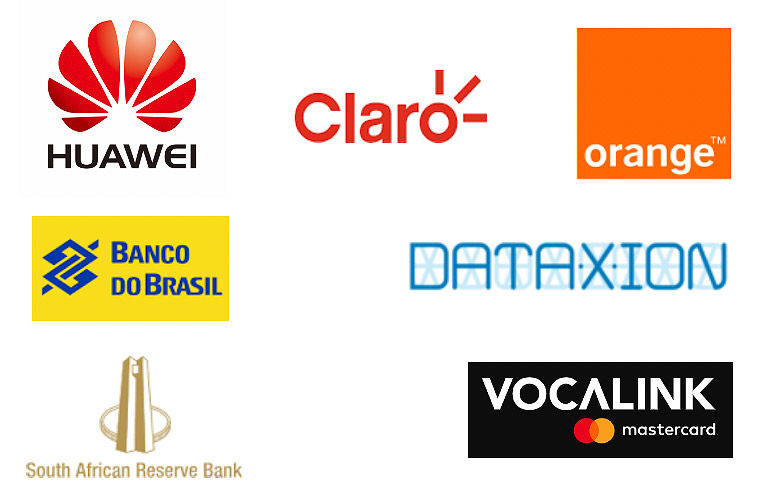Tier Gap Analysis
Défendre votre infrastructure numérique de production
Au cours de la dernière décennie, les entreprises du monde entier ont reconstruit leurs processus de prestation de services pour être centrées sur le numérique. Les entreprises qui ont réussi cette transition sont mieux positionnées pour les marchés hautement concurrentiels qu’elles desservent. En fin de compte, cette pierre angulaire des entreprises modernes doit être construite sur une infrastructure numérique robuste pour être efficace et répondre aux besoins des parties prenantes.
Sites, fusions et acquisitions hérités
Lorsque de nouvelles infrastructures numériques sont créées, les concepteurs utilisent généralement les principes fondamentaux inclus dans la norme Tier Standard d’Uptime Institute pour garantir les performances. L’exploitation de la Tier Standard garantit que les performances du site en résultant répondront aux besoins définis de l’entreprise et permettront la continuité de l’activité tout au long du niveau de stress attendu.
Mais qu’en est-il des projets de construction d’infrastructures numériques qui n’incluaient pas la Tier Standard pour quelque raison que ce soit et qui sont déjà en cours ou des installations terminées qui sont héritées d’un certain type d’activité de fusion et d’acquisition ? Considérez les implications commerciales de l’utilisation de sites existants qui ont été construits sans tenir compte des principes de conception de la Tier Standard. Ces scénarios se produisent tout le temps où d’énormes dépenses d’infrastructure d’investissement sont effectuées, le nouveau site correspondant étant mis en production, le tout sans une compréhension claire des performances réelles qui devraient être attendues.
Application de la Tier Standard
Étant donné que nous n’avons pas toujours le luxe de créer une nouvelle infrastructure numérique à partir de zéro, Uptime Institute a créé le service Tier Gap Analysis (TGA) pour confirmer la capacité de tout datacenter existant ou sous-construction à atteindre les objectifs de performance définis par la Tier Standard of Topology, en identifiant tous les domaines de préoccupation critiques.
L’engagement TGA de l’Uptime Institute examine la documentation disponible pour le site et identifie toute déficience dans la réalisation de l’objectif Tier ainsi que le descriptif spécifique sur la raison de cette déficience et ce qui est nécessaire pour atteindre les objectifs. Cela inclut toutes les lacunes dans les installations critiques ainsi que les déficiences dans les documents qui ont été fournis. Pour ce faire, il faut effectuer la même révision que lors de la première révision d’un service de Certification des documents de conception de la Tier Standard, utilisé dans le monde entier par des milliers de sites.
Le processus d’Tier Gap Analysis
Le processus commence par la soumission par le client d’un package de conception complet ou quasi complet disponible. Dans certains cas, avec une conception existante, le dessin de conception disponible peut manquer, car les ingénieurs de conception ne sont généralement pas encore sous contrat, car la portée du projet n’est pas entièrement connue. Les documents de conception sont examinés pour toutes les exigences de Tier et un rapport exhaustif de chaque déficience de Tier est identifié. Une fois le rapport remis, une conférence téléphonique est facultative pour passer en revue chaque élément en détail.
L’engagement TGA d’Uptime passe en revue les éléments suivants :
- Base de conception - architecture et approche
- Schémas électriques - Schémas unifilaires
- Schémas mécaniques – Schémas de flux et schémas de flux d’air
- Schémas de disposition de l’équipement
- Spécifications de l’équipement
- Calculs de charge – Demande de puissance électrique et demande de refroidissement
- Conception et opérations du système de contrôle
- Séquence des opérations, plans opérationnels
- Plans architecturaux
- Ainsi que tout autre document requis pour s’assurer que tous les aspects de la conception répondent aux exigences de l’objectif Tier.
Investir dans la réussite
TGA est la solution la plus reconnue du secteur pour garantir à tous les clients que leur infrastructure stratégique a la capacité de répondre à leurs besoins informatiques. En utilisant la Tier Standard comme référence de performance, un investissement dans TGA fournit un examen unique tangible, identifiant les domaines de préoccupation et créant un point dans le temps pour s’engager avec les entreprises d’ingénierie de conception afin de modifier ou développer des conceptions mises à jour pour traiter les problèmes découverts pendant l’examen.
Construire une infrastructure numérique robuste
Alors que les entreprises continuent de transformer chaque aspect de leurs pratiques et processus métier de base pour être centrées sur le numérique, l’utilisation d’une agrégation diversifiée de centres de données, de sites de colocation et de clouds publics est devenue courante. Quelle que soit la combinaison de plateformes choisie, toute cette infrastructure numérique doit soutenir votre entreprise. Tous les composants doivent être évalués individuellement pour s’assurer que chacun contribue à la stratégie de prestation des services commerciaux requise, y compris le respect des profils de coûts et de risques.
Et bien que les nouvelles applications prennent généralement le devant de la scène, ce sont les plateformes sous-jacentes sur lesquelles ces applications s’exécutent qui définissent en fin de compte le succès à long terme de la prestation de services métier.
Clients du monde entier utilisant TGA

Des questions ?
Veuillez contacter votre représentant régional
